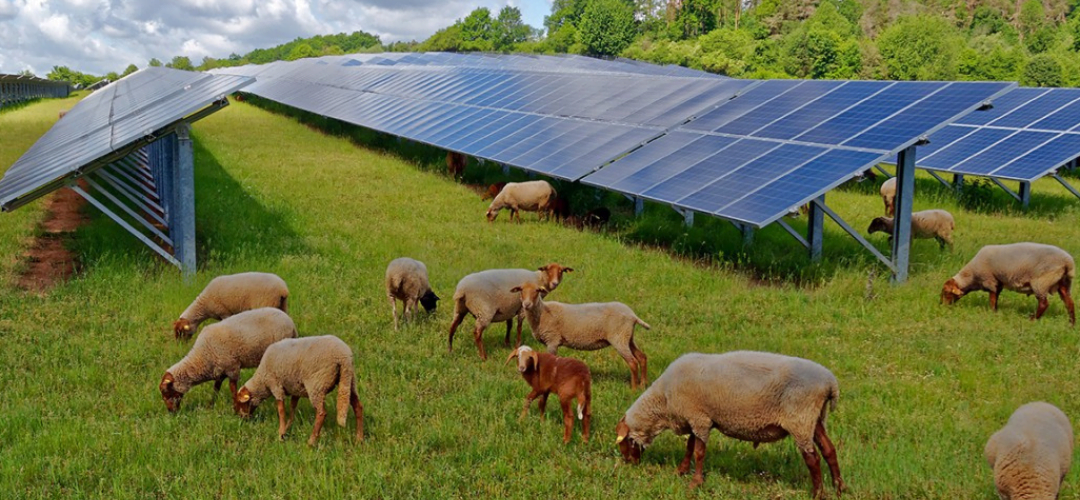A carbon credits for solar panels is a type of carbon credit generated through the production of renewable energy from a solar farm. Carbon credits represent a reduction of one metric ton of carbon dioxide (CO₂) or an equivalent amount of other greenhouse gases (GHGs). These credits can be traded or sold in carbon markets to offset emissions from other sources. We sellings carbon credits from solar high qualitied.
How Solar Farm Carbon Credits Work
1.Renewable Energy Production:
Solar farms generate electricity from solar energy, a renewable and clean source. This reduces reliance on fossil fuels, which are major sources of GHG emissions.
2.Certification and Verification:
The amount of GHG emissions avoided by using solar energy instead of fossil fuels is calculated and verified by accredited organizations. This verification process ensures the credibility and accuracy of the carbon credits.
3.Issuance of Carbon Credits for solar power:
Once the GHG reductions are verified, solar carbon credit are issued to the solar farm. These credits can then be sold in carbon markets.
5.Trading and Offsetting:
Organizations or individuals can buy these carbon credits to offset their own emissions. For example, a company that emits CO₂ can purchase carbon credits to claim a reduction in their overall carbon footprint.
Benefits of Solar Farm Carbon Credits
1.Environmental Impact:
Encourages the development and expansion of renewable energy projects, reducing overall GHG emissions and mitigating climate change.
2.Economic Incentives:
As the world transitions toward cleaner and more sustainable energy sources, solar farms—especially those integrated with agriculture solar solutions—have emerged as key players in reducing carbon emissions and combating climate change. One significant yet often overlooked benefit for solar farm owners and investors is the ability to earn carbon credits. These credits not only reflect the environmental value of solar energy but also offer an additional revenue stream. In this blog, we’ll explore how carbon credits work, why they matter for solar farms, and the financial and environmental advantages they bring to renewable energy projects, including those supporting agricultural operations.
3.Corporate Responsibility:
Helps companies meet their sustainability goals and regulatory requirements by offsetting their carbon emissions.
4.Market Development:
Promotes the growth of carbon markets, which play a crucial role in driving investments in clean technologies and renewable energy.
5.Public Relations:
Enhances the public image of organizations that purchase carbon credits, showcasing their commitment to environmental sustainability.
In summary, solar farm carbon credits are a powerful tool for promoting renewable energy, reducing GHG emissions, and supporting sustainable economic development.

